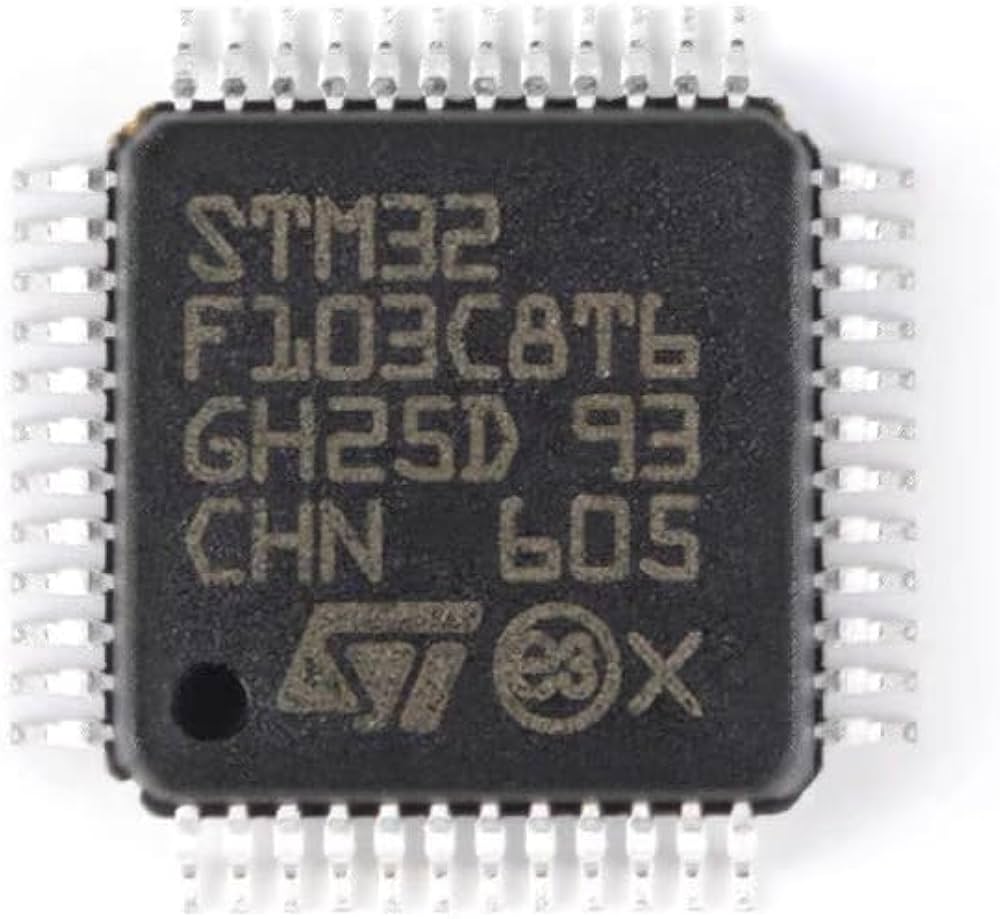Clone STM32F103C8 Microprocessor Flash Binary Code
The STM32F103C8 microprocessor, a popular member of STMicroelectronics’ STM32 series, is widely used in embedded system projects due to its versatile features and cost-effectiveness. When working with this microprocessor, a crucial task developers often face is dealing with its Flash Binary Code.
Flash memory is a non-volatile storage medium in the STM32F103C8, where the microcontroller’s program code is stored. This code is typically in the form of a binary file that contains machine-level instructions that the microprocessor executes. The binary file can be loaded into the flash memory via a programmer/debugger, making it a vital aspect of system development and firmware management.
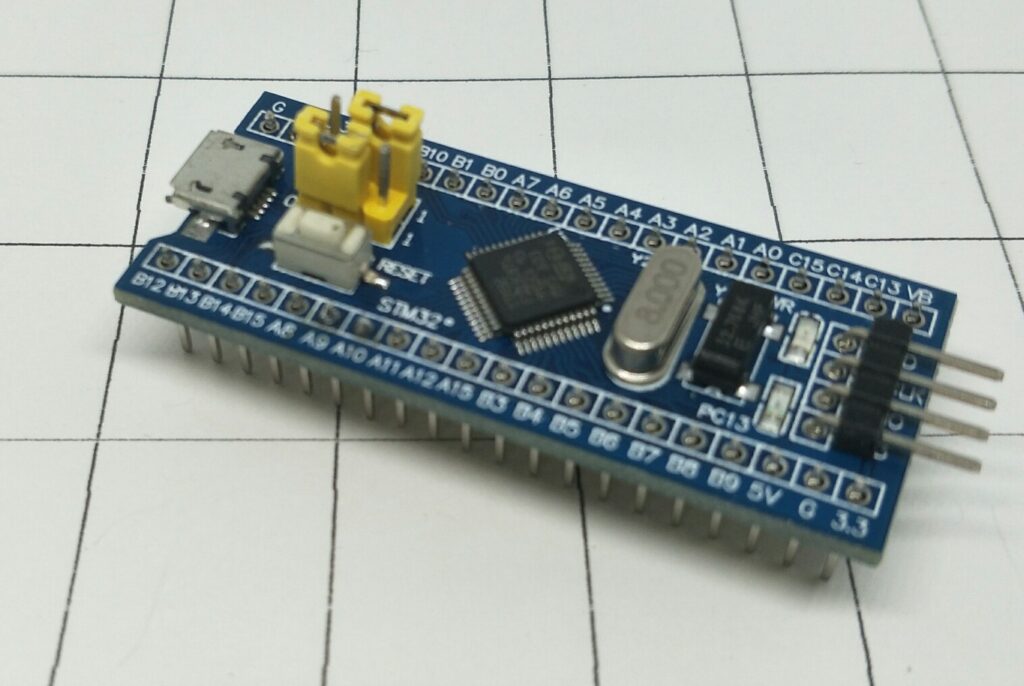
For developers working with clone STM32F103C8 microprocessors, one of the first steps involves ensuring that the Flash Binary Code is correctly written and verified. Since these clones often come at a fraction of the price of original STM32F103C8 chips, it’s important to pay attention to compatibility and ensure proper handling of the binary code. Sometimes, the cloned versions may have slight differences in terms of factory settings or clock configurations, which could lead to issues when loading the flash binary.
To load the binary code onto the STM32F103C8, tools like ST-Link or J-Link programmers are often used. The STM32CubeProgrammer software, provided by STMicroelectronics, also allows for efficient reading, writing, and erasing of flash memory on the microprocessor.
Key Considerations
- Quality Control: When dealing with clone STM32F103C8 chips, be aware of potential variations in hardware.
- Flash Code Integrity: Ensuring the binary code is correctly compiled and optimized for the microprocessor.
- Programming Tools: Use reliable programming interfaces like ST-Link to prevent corruption during the flashing process.
By understanding these aspects, developers can confidently work with the STM32F103C8 microprocessor, whether it’s a genuine or a clone version, ensuring that their Flash Binary Code is executed flawlessly for embedded applications.
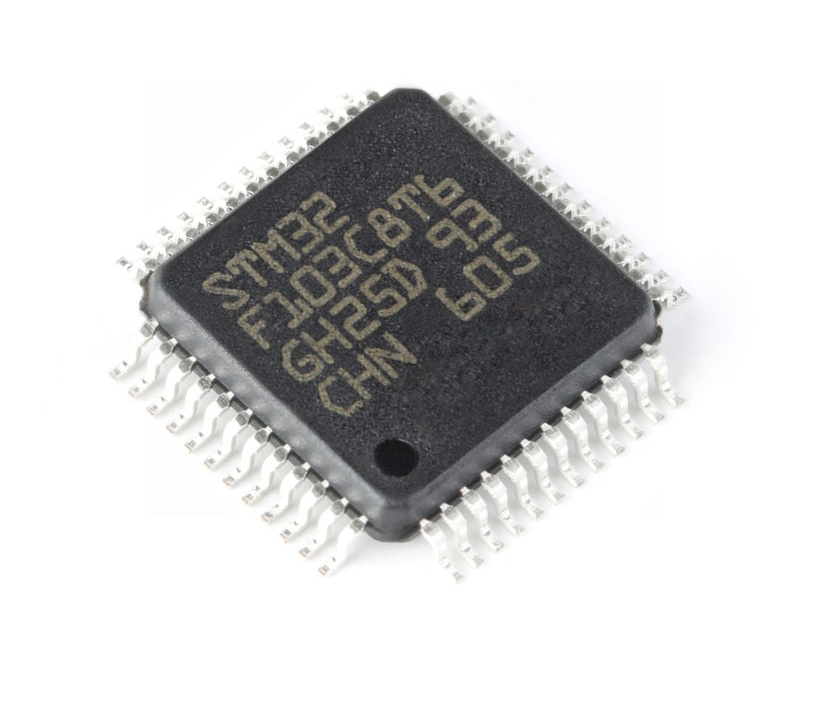
The current consumption of the on-chip peripherals is given in Table 18. The process of Recover MCU is placed under the following conditions:
Clone STM32F103C8 Microprocessor Flash Binary Code which will provide the exactly same functions as original firmware, the extraction process will start from breaking MCU, remove the package, cutting the metal layer and modify circuity pattern;
- l all I/O pins are in input mode with a static value at VDD or VSS (no load)
- l all peripherals are disabled unless otherwise mentioned
- l the given value is calculated by measuring the current consumption
- – with all peripherals clocked off
- – with only one peripheral clocked on
- l ambient operating temperature and VDD supply voltage conditions summarized
External clock source characteristics includes below points:
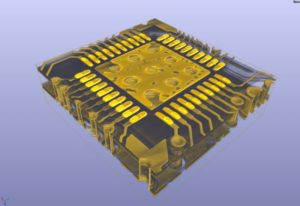
High-speed external user clock generated from an external source after NXP P87C451 Chip Heximal Duplication, The characteristics given in below Table result from tests performed using an high-speed external clock source, and under the ambient temperature and supply voltage conditions summarized in Table 8.
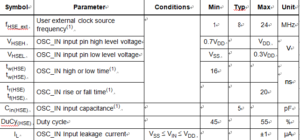
The high-speed external (HSE) clock can be supplied with a 4 to 24 MHz crystal/ceramic resonator oscillator when Decrypt Binary of Chip PIC18F2455. All the information given in this paragraph are based on characterization results obtained with typical external components specified in below Table.
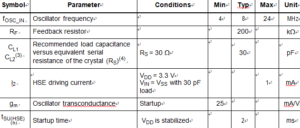
In the application, the resonator and the load capacitors have to be placed as close as possible to the oscillator pins in order to minimize output distortion and startup stabilization time for the purpose of Chip PIC18F2458 Embedded Software Clone. Refer to the crystal resonator manufacturer for more details on the resonator characteristics (frequency, package, accuracy).
